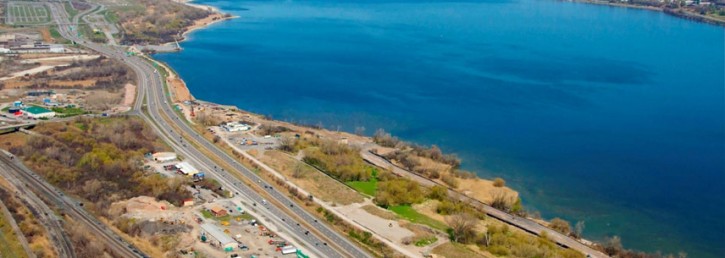The Onondaga Lake Cleanup Plan, which was issued by the New York State Department of Environmental Conservation (DEC) and the U.S. Environmental Protection Agency (EPA) in 2005, consists of four parts:
- Preventing the migration of contaminants into the lake from old industrial sites
- Removing material from the bottom of the lake, permanently containing it at an approved site, and capping designated portions of the lake bottom
- Creating sustainable habitat along the lake’s shoreline and tributaries to encourage wildlife growth and expand opportunities for local recreation
- Implementing a long-term operation, maintenance, and monitoring program to ensure the effectiveness of the remedy
On January 4, 2007, Honeywell entered into a Consent Decree with DEC to implement the Onondaga Lake remediation plan. The plan is the result of an intensive effort by more than 100 local engineers and scientists working with nationally recognized experts from various universities, research institutions, and specialty engineering firms, and with input from community stakeholders. It was developed in cooperation with DEC, EPA, and federal, state, county, town, and village leaders, and was designed to:
- Protect human health and the environment
- Meet performance criteria established by DEC and EPA
- Improve the habitat for fish and wildlife
- Improve recreational opportunities and expand public access to the lake
- Create the conditions allowing, over time, for the lake’s natural recovery
Green practices including the use of biofuels, recycled materials, and other sustainable solutions were key elements of Honeywell’s Onondaga Lake remediation. For more information on Honeywell’s sustainability initiatives, click here or here.
For specific details on the cleanup activities for Onondaga Lake and other cleanup areas in the watershed, click here.
Additional information about the Onondaga Lake cleanup project can be found on the DEC website.






